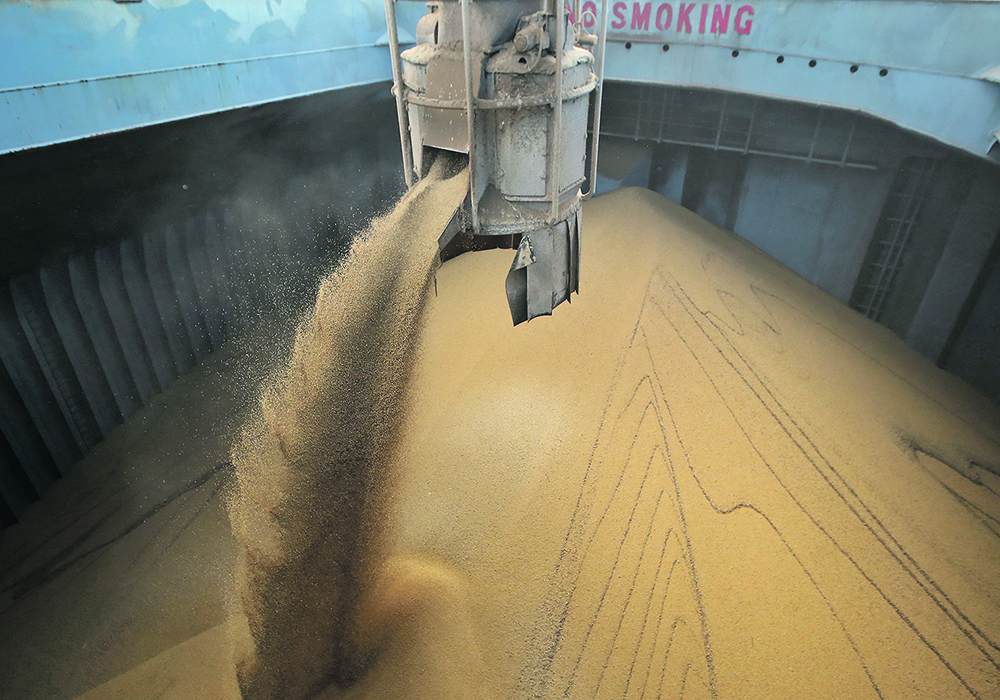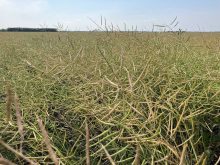China is trying to wean itself off of its reliance on imported soybeans but that is wishful thinking, according to an analyst.
The country spent US$53.6 billion on foreign soybeans in 2021, up 26 percent from the previous year, according to the Dim Sums Blog.
The only commodities it spent more on were petroleum, iron ore, electronic components, plastic and natural gas.
Read Also

Canada told trade crisis solutions in its hands
Canadians and Canadian exporters need to accept that the old rules of trade are over, and open access to the U.S. market may also be over, says the chief financial correspondent for CTV News.
Prices for the imported soybeans were up 25 percent but it barely put a dent in demand with volumes shrinking less than four percent.
Dim Sums said the growing cost of soybean imports has caught the attention of China’s leaders.
The country announced an initiative to replace corn and soybean meal in animal feed in April 2021. That lead to the increased use of alternatives like wheat, sorghum and peas.
In February 2022, the central leadership released its annual “Document Number One” calling for increased domestic soybean production in response to a 16 percent decline in output last year.
Dan Basse, president of AgResource Company, said that represents a reversal of China’s longstanding policy of focusing on corn and wheat production and importing soybeans.
He said China has made a small increase in the price it will pay farmers to grow soybeans hoping to attract more acres.
“But I don’t see that China can move away from importing more soy,” he said.
Recently China bought a bunch of U.S. soybeans for April and May delivery and there are rumours that it is about to release some of its reserves onto the market.
“That would suggest to me that their imports could be larger this year and have a higher cost than last year,” said Basse.
Dim Sums said the Chinese government has made policy moves to support oilseed production.
There are new rotation subsidies for soybeans, transfer payments to oilseed-producing countries, conversion of rice paddies to soybeans in parts of Heilongjiang province, a plan for intercropping soybeans with corn, plans to plant rapeseed on fallow land in the Yangtze River valley and a pilot project to grow soybeans on saline soil.
The government wants to increase production of both corn and soybeans but Dim Sums believes that is not feasible since the two crops are planted in the same geographic regions.
“The fundamental problem is that soybean yields are low and falling behind yields of fertilizer-juiced crops like corn,” said the anonymous author of the blog.
“China’s corn yield is more than three times the average soybean yield.”
That is why Dim Sums doesn’t think strategies like intercropping will work.
“Farmers would still have to sacrifice rows of corn for low-yielding soybeans,” said the author.
Basse said one way China may be able to cut back on soybean imports is if consumers reduced their meat consumption, which is highly unlikely.
The other way is if the country formed closer ties with Russia and started importing barley and feed wheat from that country and cutting back on soybean purchases from the U.S. and Brazil.
Contact sean.pratt@producer.com


















